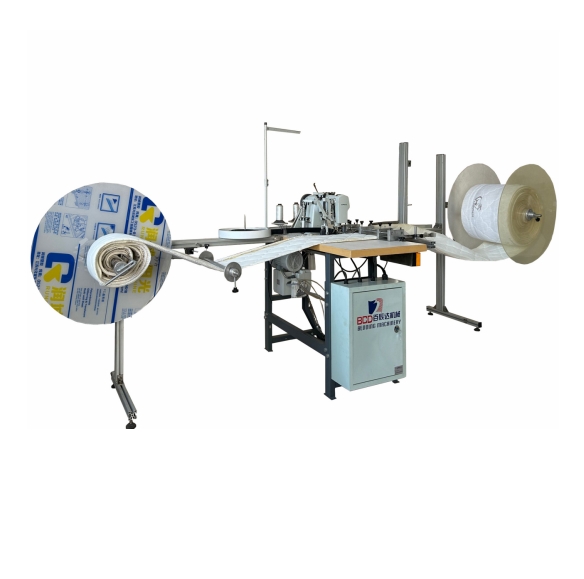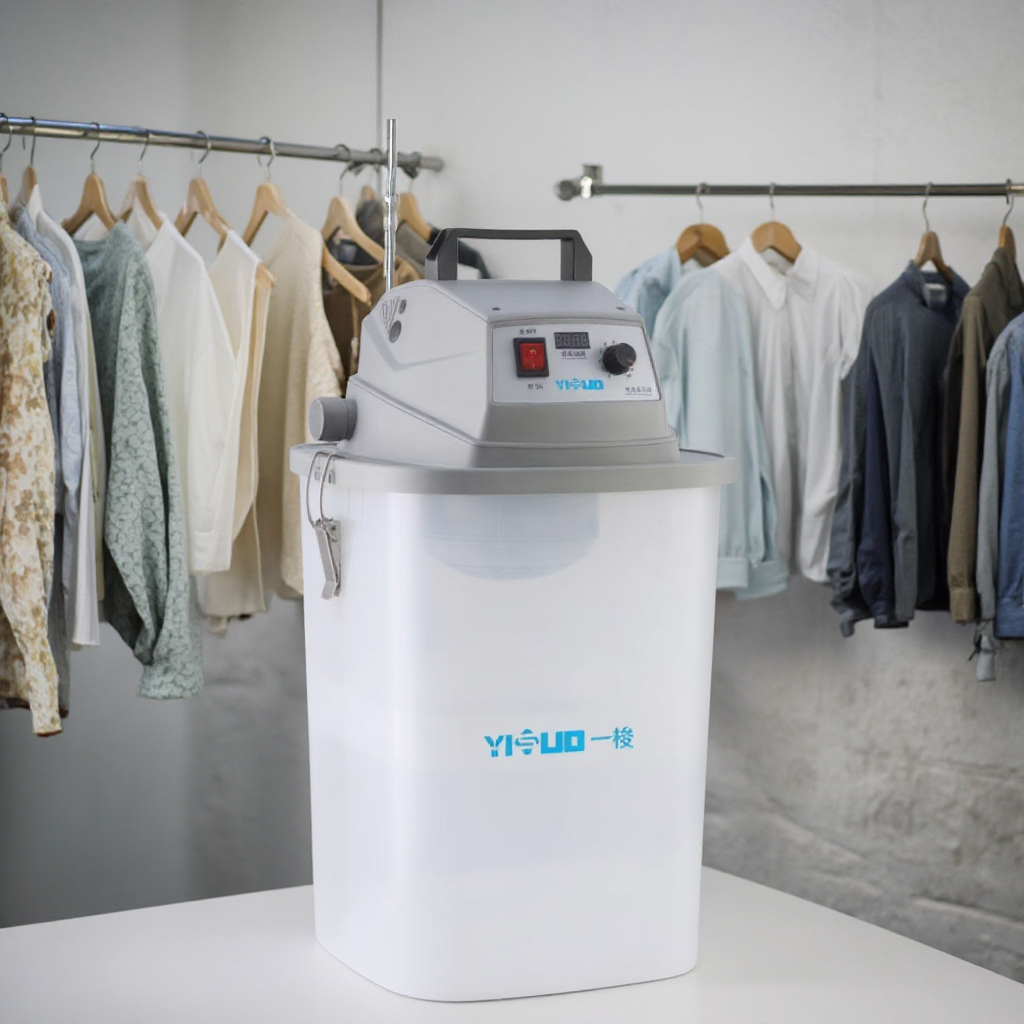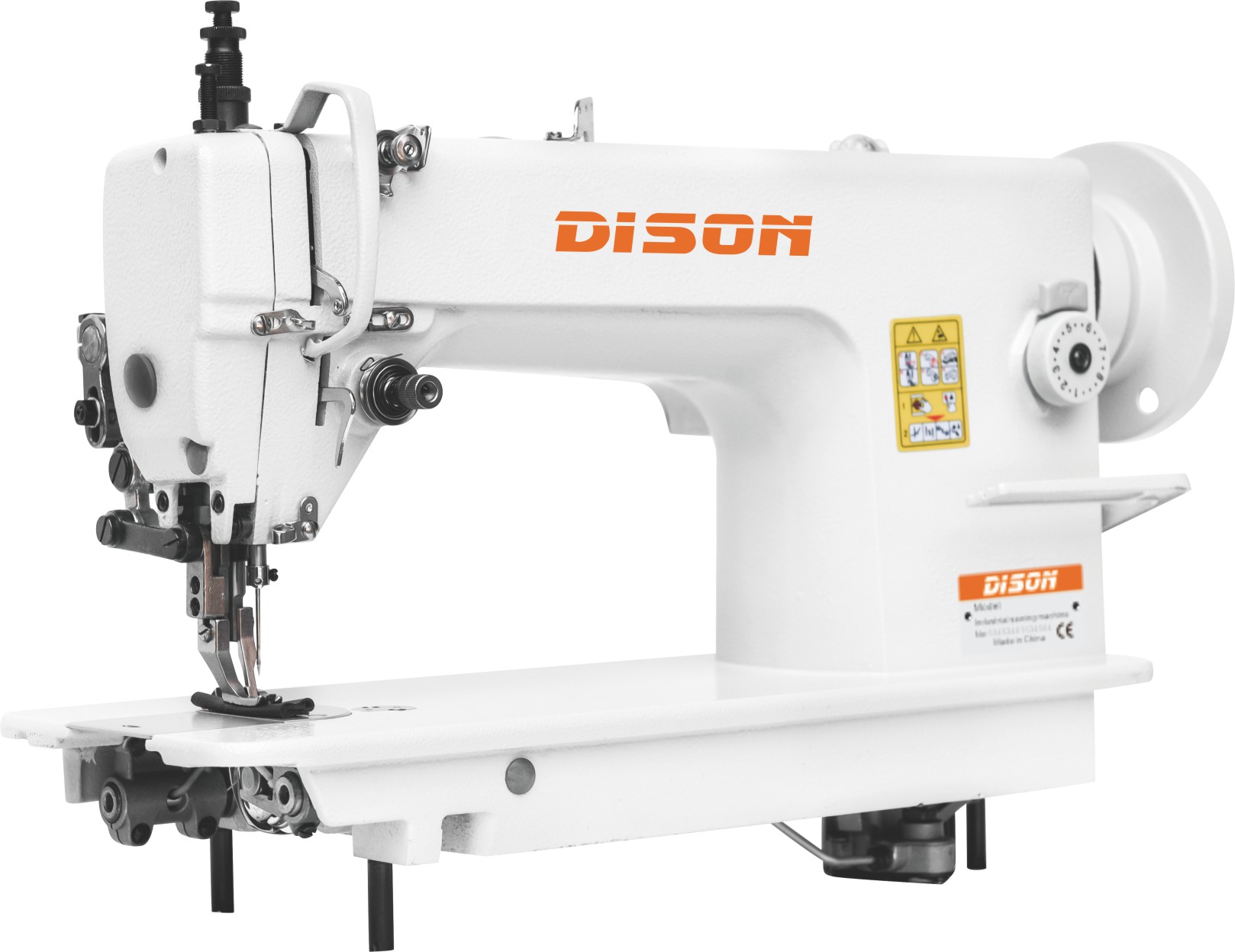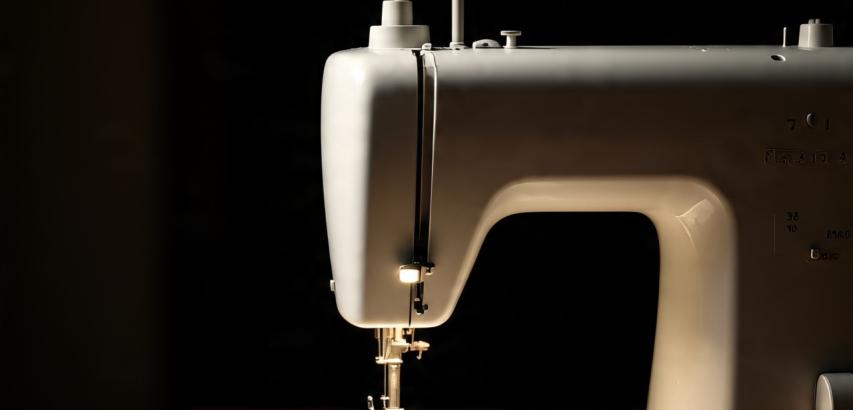A sewing machine is a mechanical or electronic device used to stitch fabric and other materials together with thread. It revolutionized the textile industry by dramatically increasing the speed and accuracy of stitching compared to hand sewing. Today, sewing machines are used in homes, tailoring shops, textile factories, and fashion design studios around the world.
Overview
Sewing machines use a needle and thread mechanism to create stitches by interlocking upper and lower threads. They can perform a variety of stitch types depending on the model, such as straight stitches, zigzag stitches, buttonholes, decorative stitching, and more. Modern machines often include computerized features for automatic functions and programming.
Types of Sewing Machines
Manual Sewing Machine:
Operated by a hand crank or foot pedal (treadle).
Basic stitch options and simple to maintain.
Ideal for beginners or basic sewing tasks.
Electric Sewing Machine:
Powered by electricity and controlled by a foot pedal.
Offers multiple stitch types and speed control.
Commonly used in households and tailoring shops.
Computerized Sewing Machine:
Includes digital displays and programmable functions.
Can store stitch patterns, adjust tension automatically, and more.
Ideal for advanced users and creative sewing projects.
Industrial Sewing Machine:
Designed for heavy-duty use and high-speed production.
Handles thick fabrics like denim, leather, and canvas.
Used in garment factories and professional tailoring.
Key Features
Stitch Selection: Variety of stitches for different fabrics and purposes.
Adjustable Tension: Controls the tightness of the thread for neat stitching.
Automatic Needle Threader: Simplifies threading the needle.
Buttonhole Function: Automatically creates buttonholes in one step.
Speed Control: Allows slow stitching for precision or fast stitching for efficiency.
Free Arm: Makes it easier to sew sleeves, cuffs, and small openings.
Common Uses
Sewing clothes, curtains, and home textiles.
Altering and repairing garments.
Creating crafts, quilts, and embroidery.
Designing fashion and costumes.
Producing items on a commercial scale.
Benefits of Using a Sewing Machine
Saves time and effort compared to hand sewing.
Produces consistent, strong, and professional-looking stitches.
Increases productivity in both home and industrial settings.
Supports creativity and customization of fabric projects.
Maintenance Tips
Clean lint and dust regularly, especially around the bobbin case.
Oil moving parts as recommended by the manufacturer.
Change needles frequently to prevent fabric damage.
Use high-quality threads and needles for best performance.
Store the machine in a dry, dust-free environment.
The sewing machine is a versatile and essential tool in the world of textiles. Whether you're a hobbyist, fashion designer, or factory operator, it offers the speed, precision, and flexibility needed for a wide range of sewing projects. With the right machine, anyone can bring their fabric creations to life.
 |  |  |
Buy Sewing Machine - Amazon
 |  |  |
